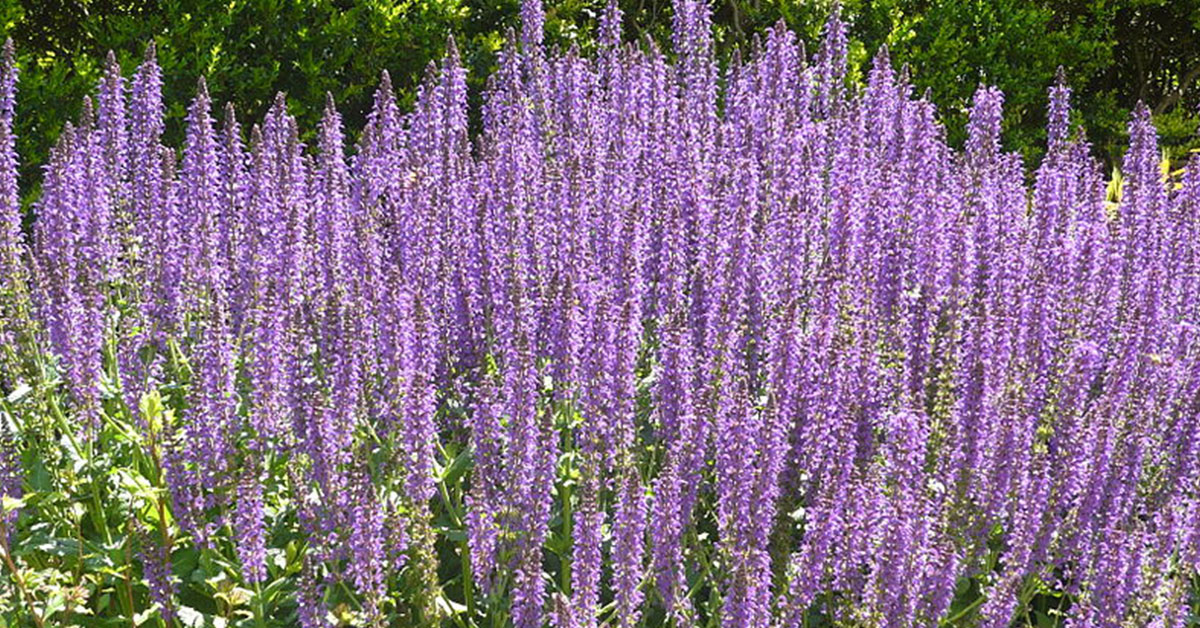Gardening is a rewarding and enjoyable activity, but it can be frustrating when your hard work doesn’t pay off due to overcrowded plants. Proper spacing is crucial for healthy growth, better yields, and reducing the risk of disease. When plants have enough space, they can access the nutrients, water, and sunlight they need to thrive. Crowded plants, on the other hand, compete for these essential resources, leading to stunted growth and poor harvests.
In this article, I’ll share twelve tips on how to space popular vegetables properly. Whether you’re a seasoned gardener or just starting out, understanding the spacing requirements for your plants can make all the difference. Let’s dive in and explore how you can give your vegetables the room they need to flourish!
Tomatoes

Tomatoes are a garden favorite, but they need plenty of space to grow their best. For indeterminate varieties, which can grow quite tall and require staking, space your plants about 18 to 24 inches apart. This allows for good air circulation, reducing the risk of fungal diseases like blight. Determinate varieties, which are bushier, can be spaced a bit closer, around 12 to 18 inches apart.
Providing enough space for your tomatoes not only helps them stay healthy but also makes it easier to care for them. With proper spacing, you can easily access the plants for pruning, watering, and harvesting. Plus, the extra room allows the sun to reach all parts of the plant, ensuring your tomatoes ripen evenly and develop their full flavor. Trust me, the effort is worth it for those juicy, homegrown tomatoes!
Carrots
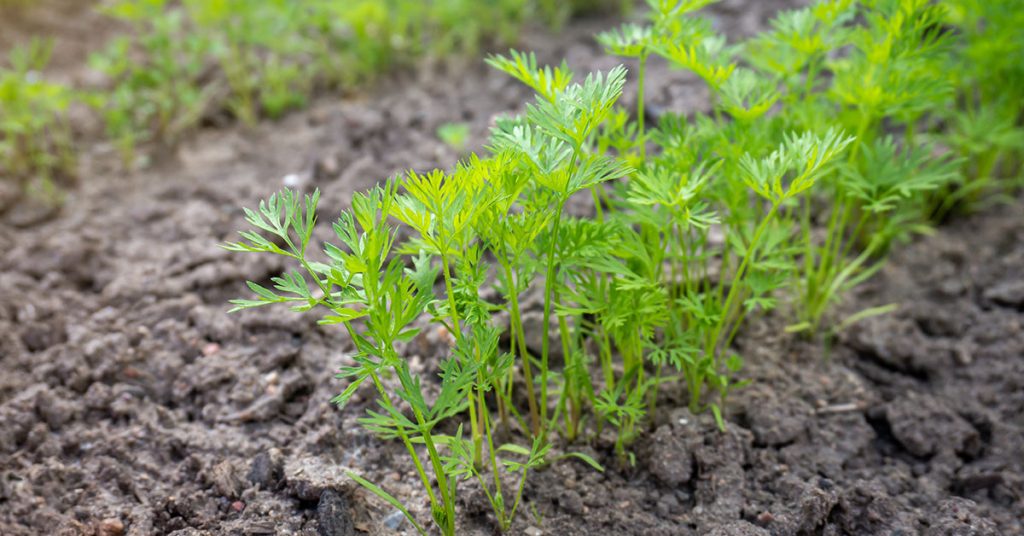
Carrots might seem like they can be planted close together, but they need ample space to develop properly. Thin your carrot seedlings to about 2 to 3 inches apart once they are a few inches tall. This spacing ensures that the roots have enough room to grow straight and reach their full size without becoming twisted or stunted.
Proper spacing also makes it easier to keep your carrot bed weed-free. Weeds compete with your carrots for nutrients and water, so giving each carrot enough space helps reduce competition. Additionally, well-spaced carrots are less prone to pests like carrot flies, which can damage the roots. With the right spacing, you’ll be rewarded with a bountiful harvest of crisp, delicious carrots.
Lettuce
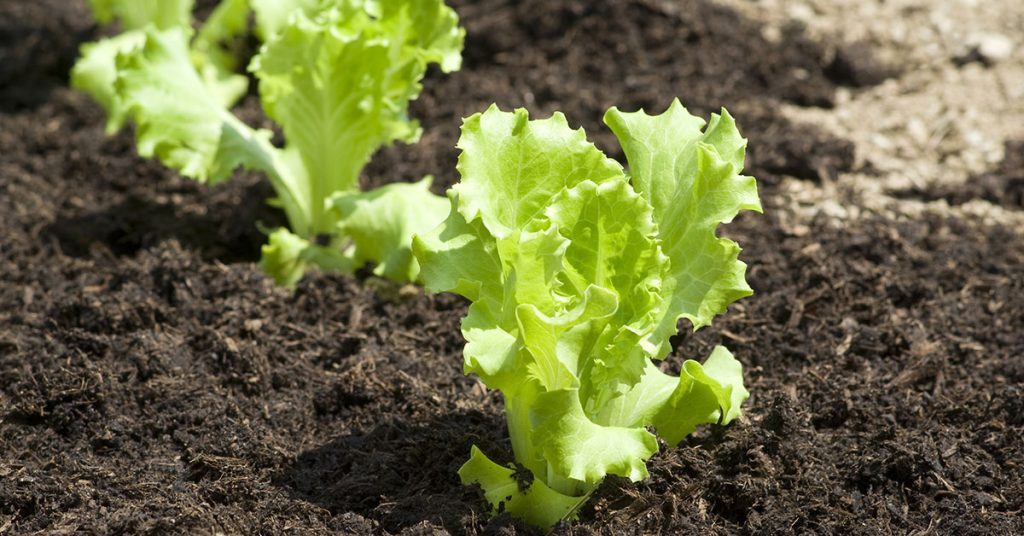
Lettuce is a versatile and fast-growing vegetable, but it still needs the right spacing to thrive. For leaf lettuce, plant seeds about 4 to 6 inches apart. This allows the leaves to spread out and ensures good air circulation, which helps prevent diseases like mildew. For head lettuce varieties, space the plants about 10 to 12 inches apart to give the heads room to form properly.
One of the best things about lettuce is its ability to grow quickly, so you can enjoy fresh salads throughout the growing season. Proper spacing helps your lettuce grow evenly and makes it easier to harvest individual leaves or whole heads. Plus, well-spaced lettuce is less likely to bolt, or go to seed, during hot weather, so you can enjoy tender, flavorful leaves for longer.
Cucumbers
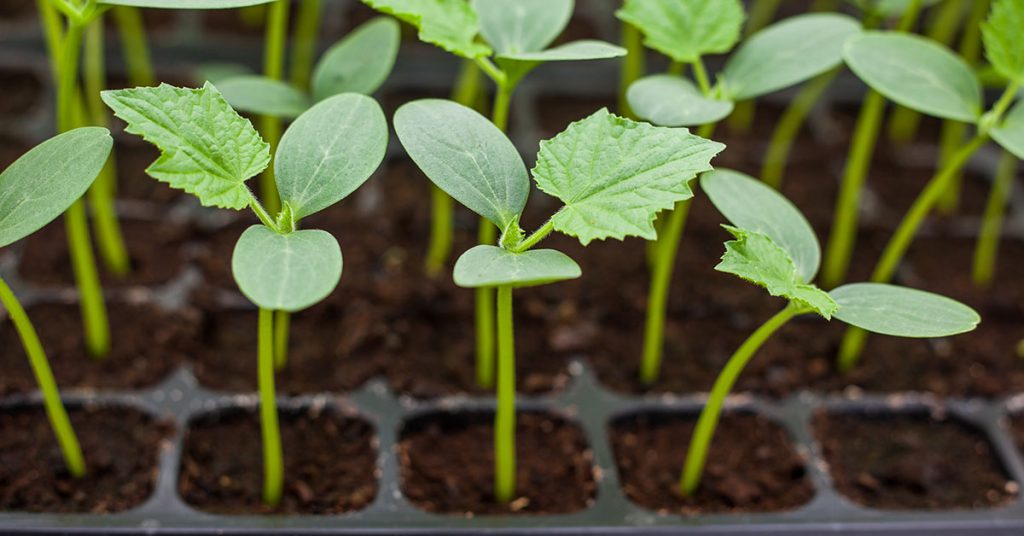
Cucumbers are a popular garden vegetable, but they need plenty of space to spread out. If you’re planting bush varieties, space them about 18 to 24 inches apart. For vining varieties, which can take up more room, space the plants 36 to 60 inches apart and provide a trellis or support for the vines to climb.
Proper spacing is crucial for cucumbers because it allows the plants to receive adequate sunlight and air circulation, reducing the risk of diseases like powdery mildew. It also makes it easier to harvest the cucumbers, as you can reach the fruits without damaging the vines. With enough space, your cucumber plants will produce a plentiful crop of crisp, refreshing cucumbers perfect for salads and pickling.
Peppers

Peppers, whether sweet or hot, need room to grow and produce their best yields. Space your pepper plants about 18 to 24 inches apart, with rows spaced 24 to 36 inches apart. This spacing provides enough room for the plants to branch out and ensures good air circulation, which helps prevent fungal diseases.
Giving your peppers enough space also makes it easier to water and fertilize them properly. Well-spaced plants can develop strong root systems and produce more flowers, leading to a higher yield of flavorful peppers. Plus, the extra room makes it easier to stake or cage the plants if needed, providing support for heavy fruit-laden branches. With the right spacing, you’ll enjoy a bumper crop of vibrant, tasty peppers.
Beans
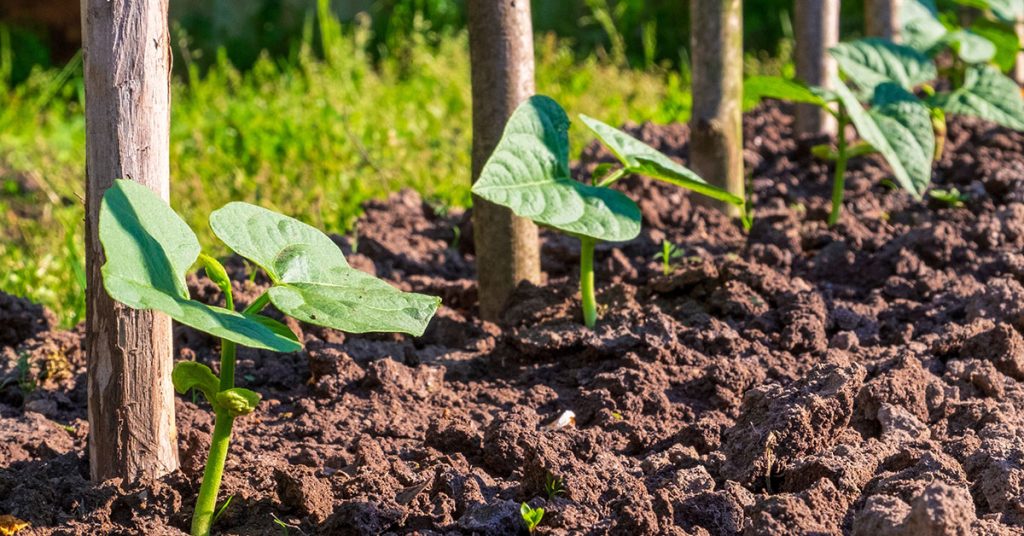
Beans are a staple in many gardens, but they require the right spacing to produce abundantly. For bush beans, plant seeds about 3 inches apart in rows spaced 18 to 24 inches apart. Pole beans, which need support to climb, should be spaced 4 to 6 inches apart, with rows about 30 to 36 inches apart.
Proper spacing is essential for beans to ensure good air circulation and sunlight penetration, reducing the risk of diseases like rust and mildew. It also makes harvesting easier, as you can easily reach the beans without disturbing the plants. With adequate spacing, your bean plants will be healthier and more productive, providing a steady supply of fresh, tender beans throughout the season.
Squash
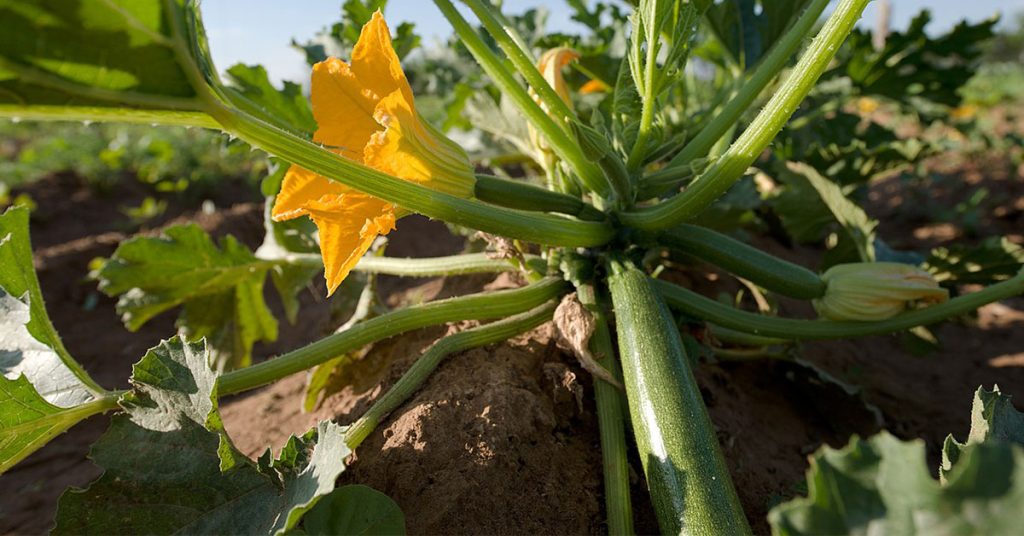
Squash plants, whether summer or winter varieties, need plenty of room to spread out. For bush varieties, space the plants about 24 to 36 inches apart. Vining varieties, which can take up even more space, should be spaced 48 to 72 inches apart, with ample room for the vines to grow and sprawl.
Providing enough space for your squash plants is crucial for several reasons. It allows for good air circulation, which helps prevent diseases like powdery mildew and downy mildew. It also makes it easier to manage pests and harvest the fruits. With the right spacing, your squash plants will be able to produce large, healthy fruits that are perfect for a variety of dishes, from summer salads to hearty winter soups.
Beets
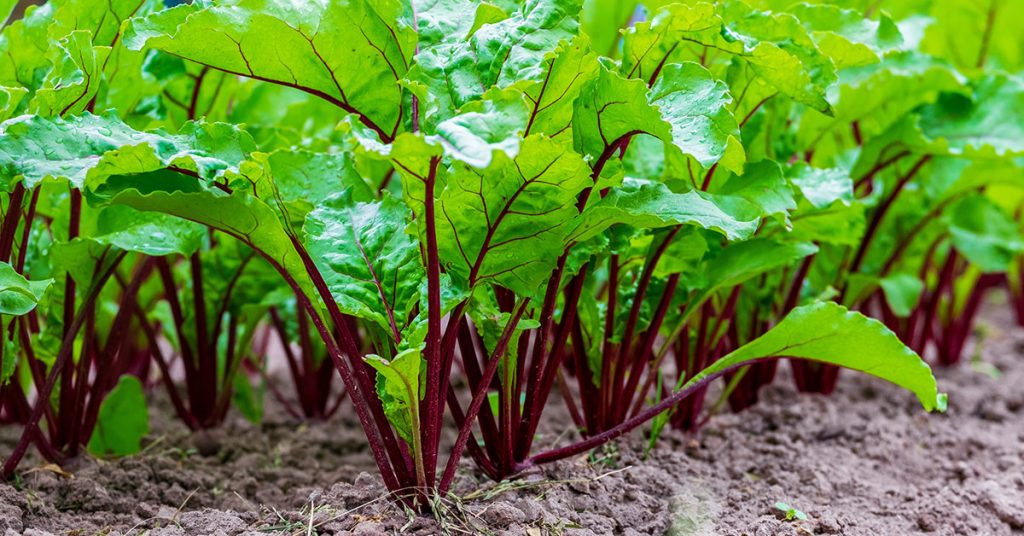
Beets are a versatile and nutritious root vegetable that needs proper spacing to grow well. Thin your beet seedlings to about 3 to 4 inches apart once they are a few inches tall. This spacing allows the roots to develop fully and prevents them from becoming crowded, which can lead to misshapen or undersized beets.
Properly spaced beets also make it easier to keep the bed weed-free and ensure that each plant receives enough nutrients and water. Additionally, well-spaced beets are less likely to suffer from diseases and pests, resulting in a healthier crop. With the right spacing, you’ll enjoy a bountiful harvest of tender, flavorful beets that are perfect for roasting, pickling, and salads.
Onions

Onions are a staple in many kitchens, and proper spacing is key to growing large, healthy bulbs. Plant onion sets or seedlings about 4 to 6 inches apart, with rows spaced 12 to 18 inches apart. This spacing allows the bulbs to develop fully and ensures good air circulation, reducing the risk of fungal diseases.
Properly spaced onions also make it easier to weed and water your garden bed. Onions require consistent moisture and nutrient-rich soil to grow well, and adequate spacing helps ensure that each plant receives what it needs. With the right spacing, your onions will grow to their full potential, providing you with a delicious and versatile ingredient for a variety of dishes.
Spinach
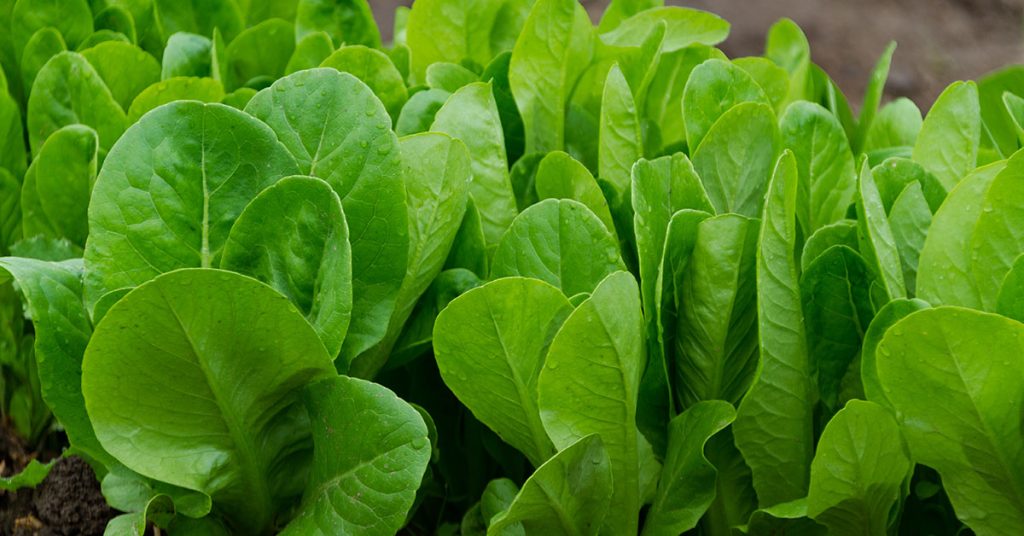
Spinach is a fast-growing leafy green that thrives with proper spacing. For baby spinach leaves, space the seeds about 1 to 2 inches apart in rows spaced 12 to 18 inches apart. If you’re growing larger spinach plants, thin the seedlings to about 4 to 6 inches apart to give them room to spread out and develop robust leaves.
Proper spacing helps spinach plants receive adequate sunlight and air circulation, reducing the risk of diseases like downy mildew. It also makes it easier to harvest the leaves, whether you’re picking individual baby leaves or cutting entire plants. With the right spacing, your spinach plants will be healthier and more productive, providing you with a steady supply of nutritious, tender greens.
Broccoli
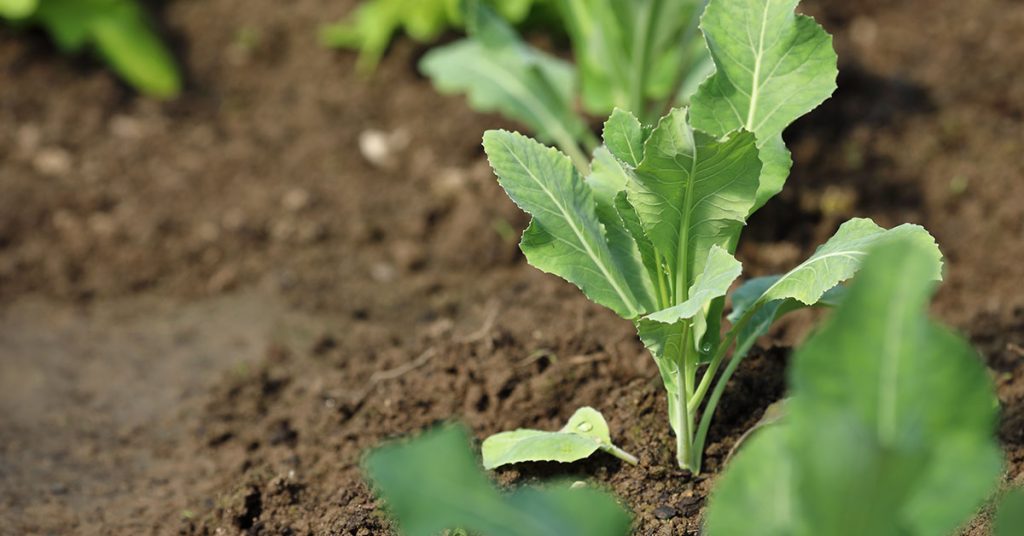
Broccoli is a nutritious and delicious vegetable that needs plenty of space to grow well. Space your broccoli plants about 18 to 24 inches apart, with rows spaced 24 to 36 inches apart. This spacing allows the plants to develop large, healthy heads and ensures good air circulation, reducing the risk of fungal diseases and pests.
Providing enough space for your broccoli plants also makes it easier to care for them throughout the growing season. Well-spaced plants can be easily watered, fertilized, and monitored for pests and diseases. With the right spacing, your broccoli plants will produce robust heads that are perfect for steaming, roasting, or adding to soups and salads.
Peas

Peas are a cool-season crop that benefits from proper spacing. For bush varieties, plant seeds about 2 inches apart in rows spaced 18 to 24 inches apart. For climbing varieties, which need support to grow, space the seeds 4 to 6 inches apart with rows about 24 to 36 inches apart, providing trellises or supports for the vines to climb.
Proper spacing is crucial for peas to ensure good air circulation and sunlight penetration, which helps prevent diseases like powdery mildew. It also makes harvesting easier, as you can reach the pods without disturbing the plants. With adequate spacing, your pea plants will be healthier and more productive, providing a sweet and tender crop that’s perfect for snacking, cooking, or freezing.










